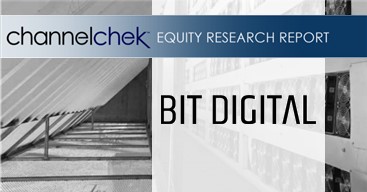Bitcoin continues to dominate headlines with a historic rally that swept its price above $125,000, renewing debate among investors about the line between long-term potential and speculative excess. The world’s largest cryptocurrency has reached new all-time highs amid a turbulent global backdrop, embodying both optimism for the digital asset’s future and sharply increasing risk in the growing crypto derivatives market.
The current rally, widely referred to as the “debasement trade,” finds its roots in persistent economic and political stress—most notably, the sustained U.S. government shutdown and mounting fiscal uncertainty. Investors have flocked to alternative assets, with gold racing past $3,900 per ounce at the same time. However, Bitcoin’s ascent is being fueled by more than just a search for safety: speculative forces, particularly in the options market, are now exerting substantial influence on the price.
U.S. Bitcoin exchange-traded funds (ETFs) have drawn $3.2 billion in inflows over the past week, marking the second-largest week since their inception in 2024. The size of these inflows, and the recent milestone of $49.8 billion in open interest for BlackRock’s iShares Bitcoin Trust (IBIT), highlight a marked shift: traditional finance is now inseparably linked with crypto, and its traders are helping to amplify price moves—both up and down.
The rapidly expanding ecosystem of derivatives is supercharging Bitcoin’s momentum. Combined open interest across IBIT and Deribit, the largest crypto derivatives platform, now approaches $80 billion—a near tenfold increase since the beginning of 2024. Options have become a principal driver of price activity; currently, over 60% of open Bitcoin options positions are call options, reflecting bullish bets on further gains.
Analysts warn, however, that the concentration of leveraged positions adds new complexities. The use of options amplifies both rallies and corrections, raising the possibility that sudden shifts in sentiment could trigger cascading liquidations—heightening volatility past even Bitcoin’s usual standards. This dynamic is not lost on traders who recall similar risk patterns during past bull runs.
From a technical perspective, Bitcoin is now consolidating gains with key support levels at $120,000 and crucial resistance at $135,000. Short-term projections place $150,000 as the next psychological barrier if upward momentum holds. October holds special attention for crypto traders; dubbed “Uptober,” the month has historically returned more than 22% on average for Bitcoin during the last decade. Some technical analysts, however, suggest a period of sideways movement could precede any fresh breakout, and algorithmic models signal breakout odds remain subdued in the immediate term.
Institutional adoption remains a powerful force, with legacy finance giants and individual investors alike piling into exchange-traded funds and options. Yet the rapid growth in derivatives and the surge in leveraged bets have made the market especially sensitive to sentiment reversals. Investors should be mindful: now, more than ever, Bitcoin’s greatest rallies often coincide with its sharpest corrections.
As 2025’s crypto market takes shape, this rally is a clear sign of Bitcoin’s maturity and mainstream adoption—but it also serves as a timely reminder that reward and risk, in the world of digital assets, are never far apart.







